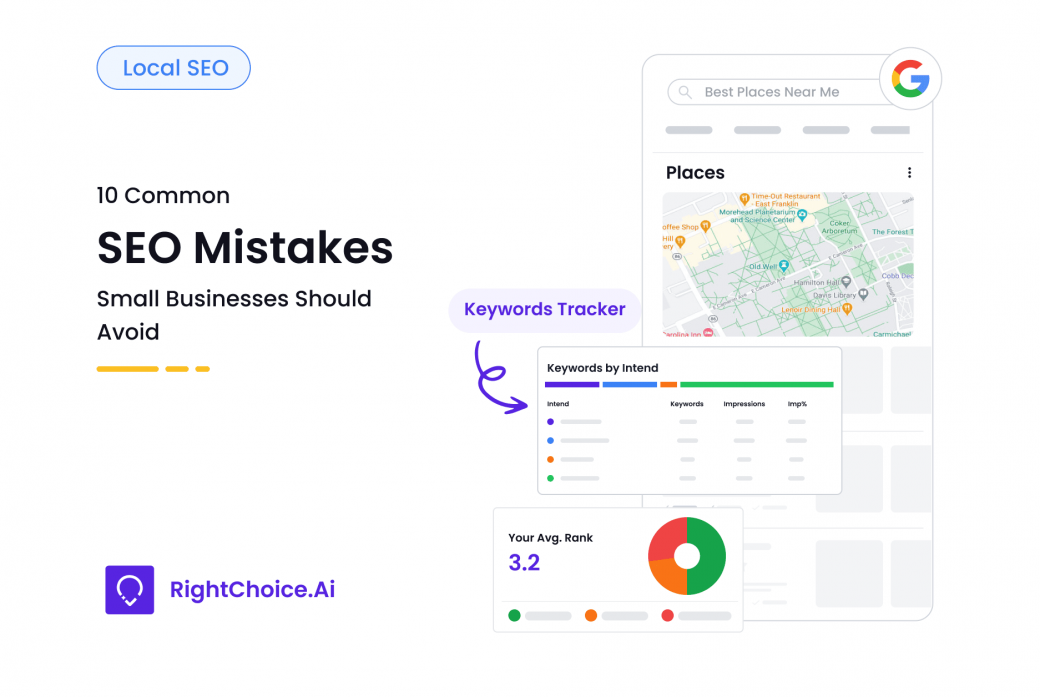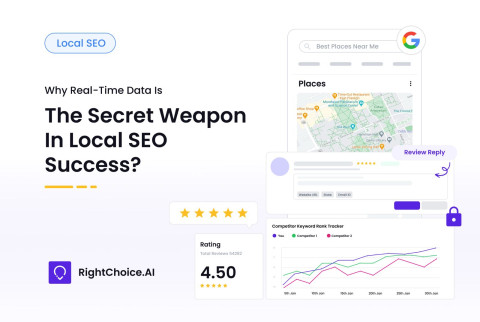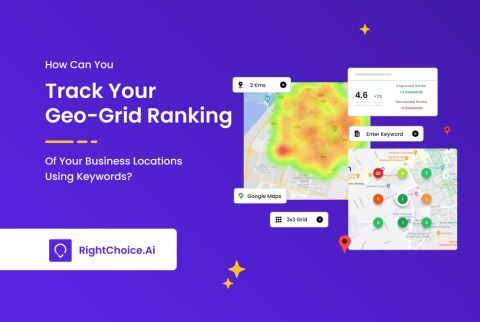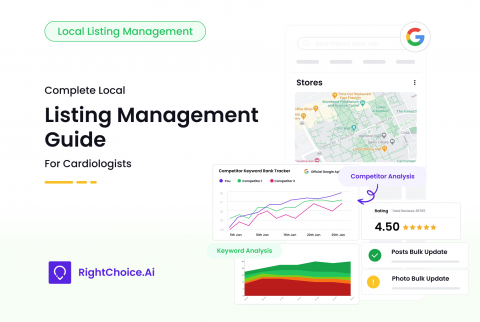Tired of content that doesn’t rank or convert? These SEO mistakes could stem from a simple but often overlooked SEO misstep.
With over 67% of all clicks going to the top five organic search results, achieving a high rank is essential for your content to successfully engage and convert leads into customers.
With extensive experience in search engine optimization, we’ve encountered and resolved countless SEO issues using proven solutions that drive sustainable results. After working with hundreds of clients, here are the most frequent SEO mistakes we encounter right from the start:
Here, we’ll discuss eight SEO mistakes to avoid in 2024 and provide tips for optimizing your website with popular SEO optimization tools.
1. Duplicate Content
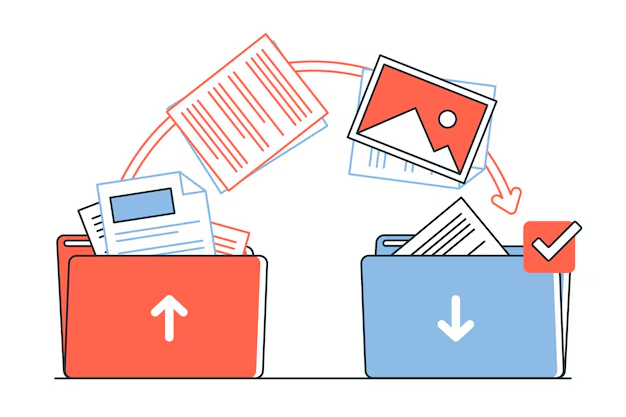
Duplicate content is a frequent error that confuses SEO search engines. Publishing identical or similar content on multiple pages can dilute your page’s rank. Often, this happens unintentionally when product descriptions or articles resemble each other closely, reducing the SEO value of each page. Most businesses offer a wide range of similar products, thus this issue is very common and, in some cases bound to happen.
How to Fix It
Use canonical tags to signal the original content version, ensuring each page offers unique value. Small businesses can also use Google Search Console to spot and remove duplicate content. For e-commerce sites, write original product descriptions and consider enriching them with customer reviews.
SEO Tip: Rewrite manufacturer product descriptions with unique insights or customer testimonials to set your page apart.
2. Keyword Stuffing
Overloading your content with keywords, known as “keyword stuffing,” can harm your ranking as search engines like Google flag it as ‘manipulative’. Instead of gaining better rankings, your site may be penalized, and the unnatural phrasing could deter your audience.
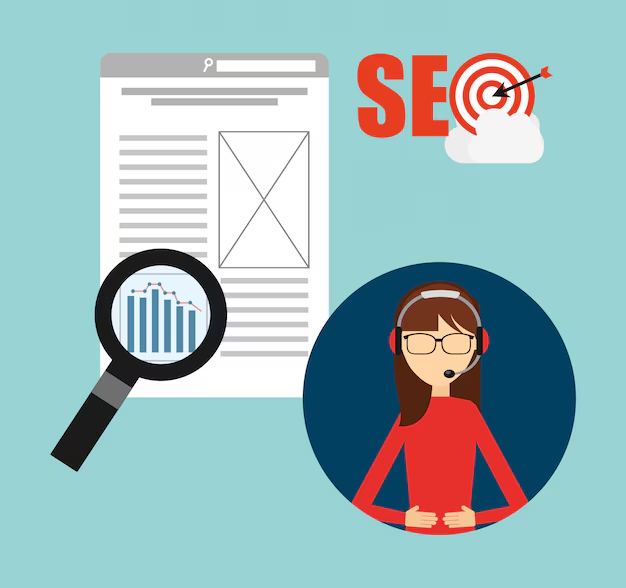
How to Fix It
Select a few relevant long-tail keywords using the keyword planner and incorporate them organically. Include your target keywords in key sections like the title and conclusion, but avoid unnecessary repetition. RightChoice.AI can analyze keyword density and placement, ensuring that the relevant keywords are well-balanced.
SEO Tip: Strategically place keywords where they fit organically without overloading the text, helping SEO & marketing efforts feel more authentic. One such place is in the Meta Title and Description.
3. Lack of Mobile Optimization

One of the biggest SEO mistakes to avoid is neglecting mobile optimization. A significant percentage of users access websites from mobile devices, so if your website isn’t mobile-friendly, you could lose traffic and rankings.
How to Fix It
Integrate responsive design into your site to accommodate any device. This adaptability ensures users can easily navigate your site from a smartphone or tablet. RightChoice.AI offer insights on mobile usability, while SEO tools such as Google Analytics can help track user behaviour across devices.
SEO Tip: Design mobile-friendly versions of all interactive content and ensure smooth transitions from desktop to mobile. There are multiple Plug-ins available in the market, that’ll make your website mobile-friendly.
4. Slow Site Speed

A slow-loading website is another significant issue affecting rankings. High bounce rates caused by long loading times signal to search engines that users aren’t finding your site helpful. So even though your content is relevant to the search query, a higher bounce rate will push your ranking down.
How to Fix It
Improve site speed by compressing images and enabling browser caching. Additionally, consider switching to a reliable hosting provider if necessary. SEO optimization tools provide a page speed report, highlighting problem areas to tackle first.
SEO Tip: Compress large image files and minimize multimedia usage on key pages to ensure faster load times, keeping users engaged.
5. Lengthy Title Tags
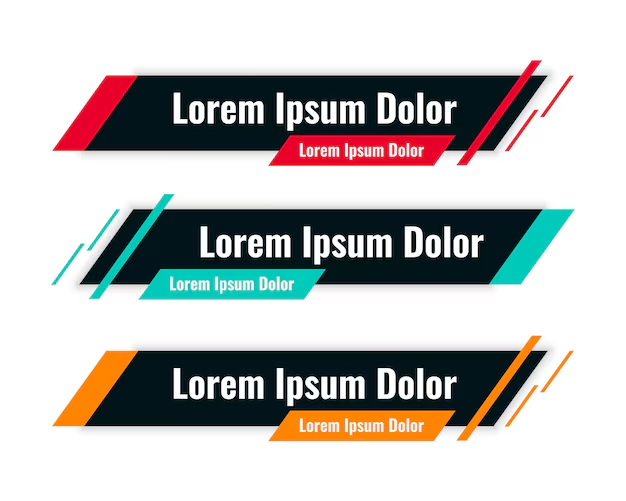
One of the Top SEO mistakes most business commit is having excessively long title tags, which get cut off in search results. When users can’t see the full title, they may skip your page, affecting your CTR (click-through rate).
How to Fix It
Create concise, informative title tags of 50-60 characters. Use relevant keywords and include your brand name if possible. Consistency in title case formatting also aids in brand recognition. Experiment with different versions using SEO tools to see which titles generate the most clicks.
SEO Tip: Instead of lengthy titles, go for short, impactful ones with keywords like “Top SEO Tools 2024.”
6. Missed Hyper-Linking Opportunities
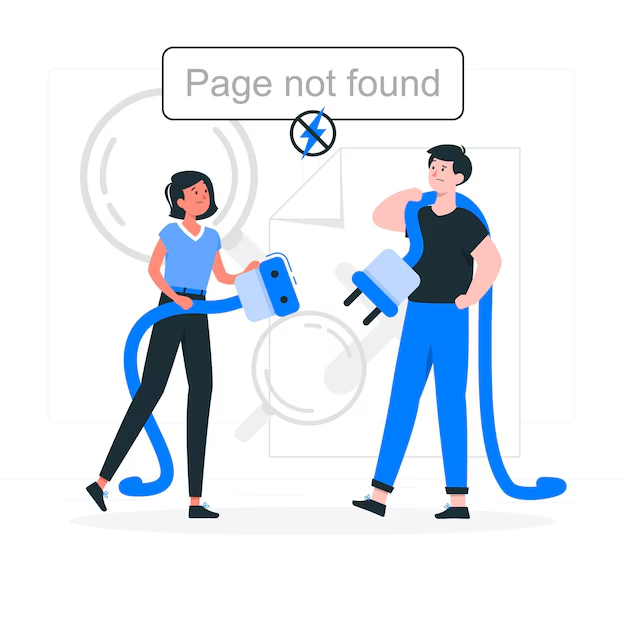
Ignoring hyperlinking is among the common SEO mistakes to avoid. Links build authority, guiding search engines through your content while helping users find valuable information on your site.
How to Fix It
Incorporate both internal and external links where they make sense. Internally, link to other relevant pages within your website to enhance user navigation and help SEO search engines understand the structure. Externally, link to credible sources to provide additional context and authority. SEO marketing tools can help identify where links might be beneficial.
SEO Tip: Link to articles relevant to your niche, like SEO tools, to improve internal connectivity and user engagement.
7. Generic Anchor Text

Generic anchor text like “click here” lacks descriptive value for search engines, reducing your content’s ranking potential. Descriptive anchor text is essential to help users and search engines understand linked content.
How to Fix It
Use descriptive, keyword-rich anchor text that aligns with the link’s destination. For instance, instead of “click here,” try “explore effective SEO marketing tools.” Descriptive anchor text improves SEO and enhances the user experience.
SEO Tip: Replace non-specific text with terms like “comprehensive SEO optimization tools guide” to make your anchor text more informative.
8. Neglecting Local SEO

Local SEO is critical for businesses targeting specific regions, yet many fail to include location-based keywords in titles, descriptions, or content. Without optimizing for local SEO, potential customers may not find your business in their search results.
How to Fix It
Use location-specific keywords in your meta descriptions, title tags, and throughout the content. Adding your business to directories like Google Maps and encouraging customer reviews improves local visibility. Monitor your local SEO performance with tools like RightChoice.AI to gauge user engagement and refine your strategy accordingly.
SEO Tip: Mentioning local landmarks or neighbourhoods in descriptions can further increase your relevance to search engines and local users.
9. Overlooking Alt Text for Images
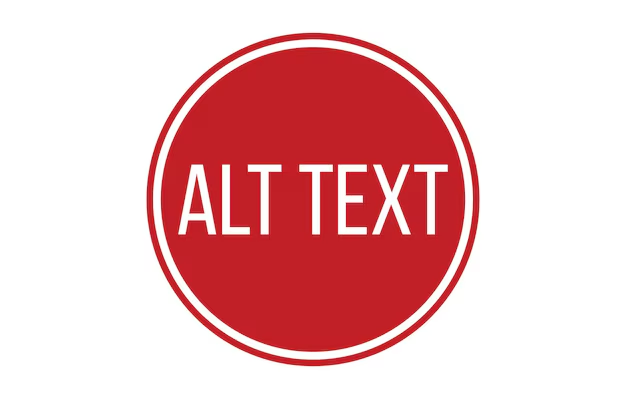
Alt text, short for “alternative text,” is a description added to an image in HTML or other coding formats to describe its appearance and function for users who may not be able to see the image. Alt text helps with accessibility and gives search engines additional context for images on your page. Neglecting this can hurt your SEO ranking, as search engines use alt text for image search indexing.
How to Fix It
Create descriptive, keyword-rich alt text for all images, accurately representing the image content. Alt text is essential for accessible web design and aids in search and SEO. If you’re unsure about optimizing alt text, SEO checker tools can help identify areas for improvement.
SEO Tip: Use relevant long-tail keywords in the Alt text, such as “a small business owner using Google Analytics for SEO insights.”
10. Unoptimized URL Slugs
Unclear, lengthy, or irrelevant URL slugs can deter search engines and users from identifying a page’s topic. The last part of the URL, the slug, is a quick signal of your content’s subject.
How to Fix It
Ensure URL slugs are short and descriptive, aligning with target keywords whenever possible. Use hyphens instead of underscores to separate words. Updating old URLs with optimized slugs can also boost rankings.
SEO Tip: Replace slugs like “website.com/p=123” with “website.com/seo/seo-mistakes-to-avoid” for clarity and keyword relevance.
Upgrade Your SEO Strategy
By leveraging RightChoice.AI, you can assess and refine your strategy, optimizing content for your target audience. RightChoice.AI simplifies the process of optimizing content for your target audience through features like advanced SEO keyword research, trend analysis, and tailored recommendations for local SEO. With this platform, you can easily identify optimization gaps and make data-driven adjustments to improve visibility, user engagement, and search ranking.


